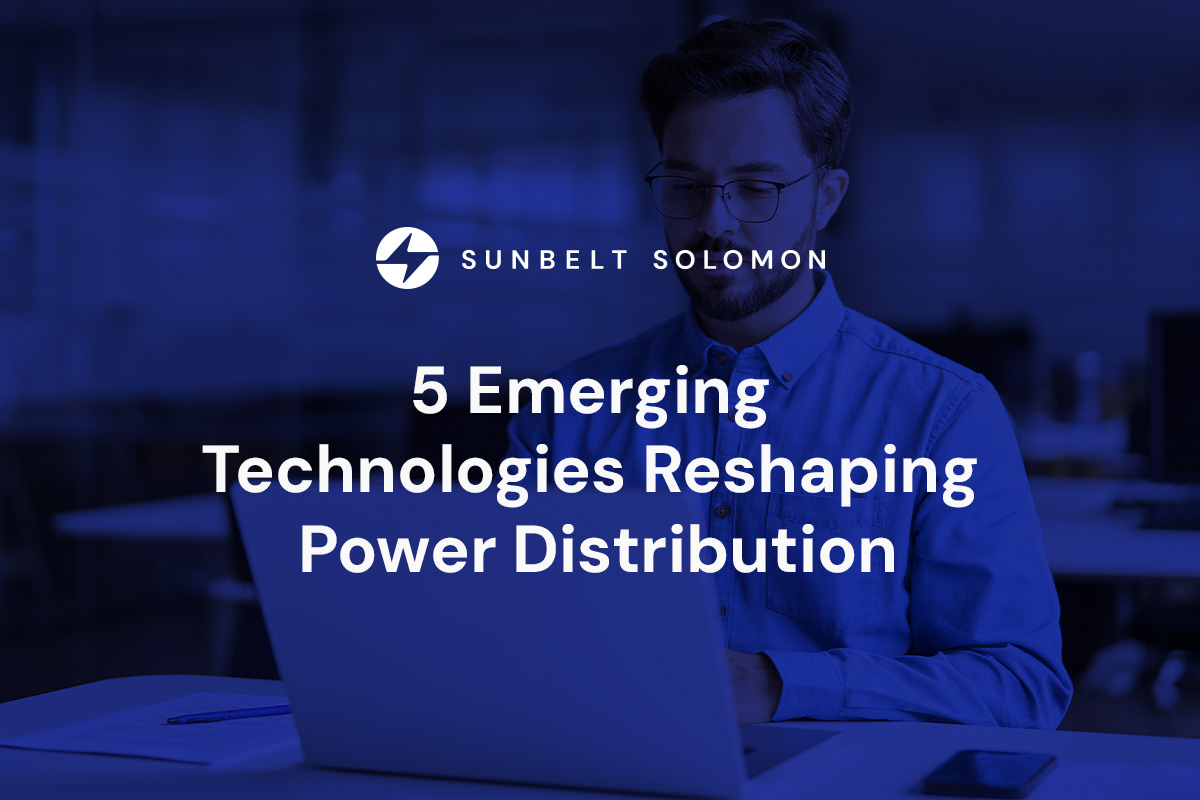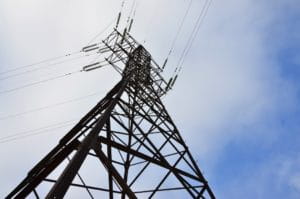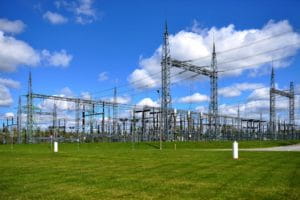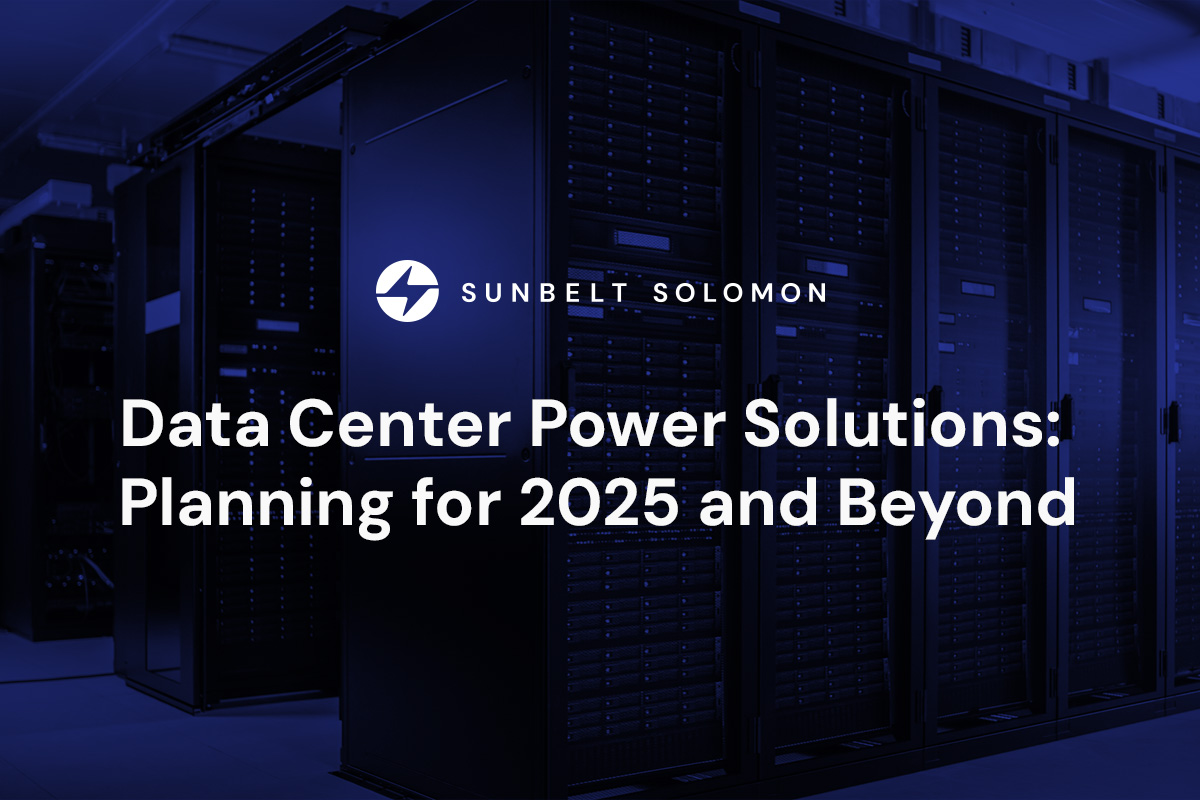
The power distribution industry is vast and competition is steep. Because of this, companies in this field must stay ahead of trends and pay close attention to the future of power distribution to achieve success. One way your business can do this is by implementing the latest in power technology to improve productivity, drive energy efficiency and boost profitability.
Here are five of the latest emerging power technologies you can use to better your business.
1. The Internet of Things
The Internet of Things (IoT) is one of the most significant recent technological advances. The IoT market is expected to grow by more than 10% in the next few years, so consider implementing it now to stay on trend. IoT allows multiple devices and systems to connect and communicate with each other via the internet.
While IoT is often used in vehicles, hand-held devices and smart homes, it’s also changing processes on a larger scale, specifically in the power distribution world. It lets companies monitor and manage their equipment from a distance, allowing managers to spend less time on-site. Advanced power systems using IoT can even manage equipment and processes automatically.
Here are some ways IoT is impacting power distribution trends:
- Collects data: Instead of manually tracking how much energy your business or specific systems within it consume, IoT does it for you, giving you access to all the information you need about your business’s power consumption.
- Adjusts systems: IoT systems can adapt your systems to optimize power usage. They can adjust lighting depending on an environment’s natural brightness and adjust a room’s ambient temperature automatically.
- Switches devices on and off: The Internet of Things can also aid in power distribution by automatically switching lights and equipment on or off during specific times.
2. AI-Driven Analytics
Like the Internet of Things, more companies are realizing how to use artificial intelligence (AI) and machine learning to benefit their power distribution. Some of the ways companies are using AI for energy management include:
- Predicting demand patterns: AI can use the data you gather about your energy management to predict future power usage, allowing you to detect patterns and understand when you use the most electricity.
- Optimizing energy distribution: Artificial intelligence can analyze data to determine which areas of your business use the most power, so you can focus on reducing usage in specific departments.
- Improving fault detection: Thanks to real-time grid monitoring, AI allows you to detect and respond to problems and outages quickly.
- Streamlining operations: Accessing vast amounts of information can help you optimize your power distribution, but only if you know how to make this data actionable. If you need assistance, you can use AI to brainstorm potential changes that can streamline and improve your power distribution.
- Making informed decisions: Your business can use all the information and advice AI gives you to help you make smarter, more educated business choices.
2. Predictive Maintenance
Technology can predict when your power systems require maintenance by analyzing your equipment, how much energy it uses, when you have outages and when you face downtime due to machine failure. Predictive maintenance also assesses equipment performance to determine when a machine is likely to fail, allowing you to tend to problems before they worsen.
By doing so, you only need to spend time and money on maintenance when it’s needed, and you can prevent potential problems before they occur. According to research, companies that practice predictive and preventive maintenance experience 52.7% less downtime. Consider using IoT or AI to do this or installing cloud-based systems specifically designed for predictive maintenance.
4. Energy Storage Systems
Energy storage systems (ESS) allow you to store power to ensure your company doesn’t overload its energy grid. These are some of the most popular ESS solutions:
- Battery storage: This type of ESS allows you to store energy in a battery until you need it. Lithium-ion and sodium-ion batteries are two examples, though many battery options exist.
- Compressed air storage: Air is compressed when there’s a low electricity need and then released to generate air once the demand increases.
- Pumped hydro storage: Hydro storage systems are more extensive grid energy storage solutions. They detect when electricity demand is low and pump large amounts of water during this time. The water is then released to generate power when the demand is high, balancing the energy grid.
Some of the benefits of implementing these systems include:
- Improved voltage regulation.
- Optimized renewable energy sources.
- Balanced grid stability.
- Reliable flow of power.
5. Smart Grids
Smart grids use digital technology to improve power distribution processes. They rely on smart power technology to monitor and manage electricity flow to ensure a reliable energy supply.
The main components of smart grids are:
- Smart meters: Unlike traditional analog meters, smart meters use accurate real-time data about energy usage and enable remote monitoring.
- Smart sensors: Automated sensors in smart grids detect outages and manage electricity flow. Businesses can gain better insights into their electrical systems to mitigate damage, downtime and associated expenses.
- Communication: Technologically advanced communication using both wired and wireless networks allows various parts of smart grids to communicate with control centers. They also enable two-way communication so employees can effectively act on the information they receive.
The main benefits of using smart grids in your power distribution are:
- Enhanced security: Many power distribution companies prioritize security — electrical grids are valuable and often involve confidential information and data. Moving away from traditional grids and instead installing modern technology increases security against cyber and physical attacks, especially as these attacks become more sophisticated.
- Greater reliability: Technology is often more reliable than traditional methods since machines make fewer mistakes than humans. They can also automate systems and processes, which means there’s a smaller chance of system interference. Because of this, smart grids can lower the rate of power outages, and even if an outage occurs, it won’t last as long.
- Cost savings: Once you have the technology to accurately monitor your grid and collect data, you can start implementing changes, lowering your energy usage and saving you money. Because smart grids also contribute to reduced outages, your maintenance and downtime costs will also be lower.
- Environmental benefits: Smart grids optimize power usage and are thus more energy-efficient than traditional methods. They can also facilitate the generation of cleaner power, lowering greenhouse gas emissions.
Contact Sunbelt Solomon for Your Energy Needs
Power distribution innovations are making impacts across the industry. If your business wants to tap into the latest innovations and set itself apart, partnering with a reliable company can make a substantial difference.
At Sunbelt Solomon, we prioritize energy-efficient power solutions that offer you the results you need while also making it easy to implement sustainability. From buying a transformer to renting electrical equipment or requesting in-field maintenance, we do it all. Use our build-a-quote tool for an estimate, or contact us today for more information.






